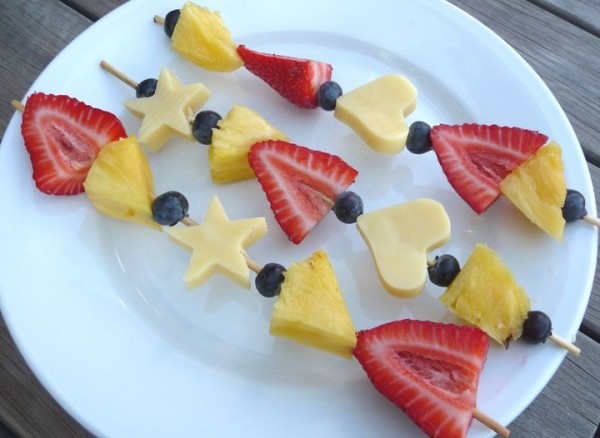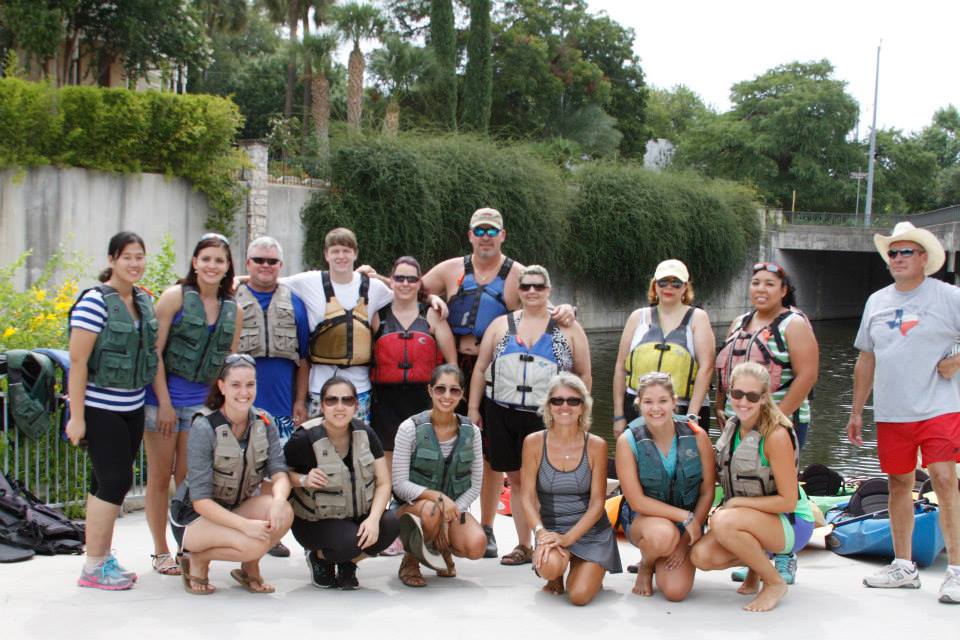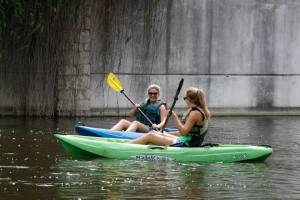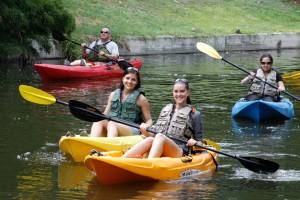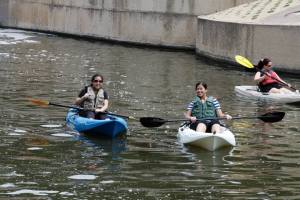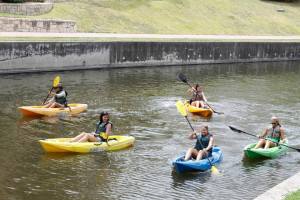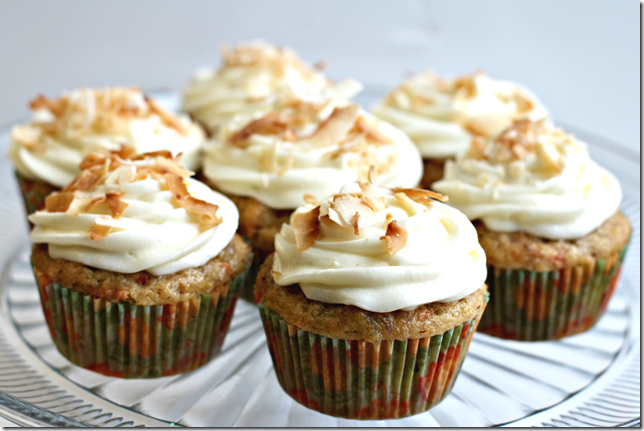
Flexible and Dependable Care:
No two weeks are the same with most households. Hosting an au pair provides the flexibility and convenience you need to simplify your life. With an au pair, you will be able to create your own child care schedule of up to 10 hours per day and up to 45 hours per week. By having your child care provider living in your home, dealing with sick days, snow days and life’s little surprises has never been easier.
A Cost-Effective Solution:
You will receive 45 hours of child care for just $361 per week, regardless of how many children you have. If you have full-time school-age children we offer a 30 hour per week Educare® for just $290 per week.
When you compare the cost to other child care solutions, including a nanny or day care, you will find an au pair can be a surprisingly cost-effective solution. Choosing our Extended Payment Plan, spreading out payments several month makes it even more affordable.
Full Service:
With exceptional child care, you should expect exceptional service. You will receive comprehensive program support including assistance with selecting your au pair, coordinating logistics, providing orientation for your family and au pair, year-round local support, medical insurance for your au pair and 24/7 emergency assistance. With a quarter century of experience, we are able to accommodate and anticipate the needs of host families. Our local, professional Community Counselors reside in your area and provide daily, ongoing, local support to you and your au pair to ensure a happy and successful experience.
Expert Matching:
At Au Pair in America, we offer Expert Match, a flexible and effective approach to finding the caregiver that is a perfect fit for your family. You may search for your au pair with our user-friendly online search tool, our mobile app or work with our professional placement team to find the perfect au pair for your family. Should you require additional assistance, we are ready and willing to accommodate.
Large Pool of Au Pairs:
With Au Pair in America, you will have access to the largest pool of au pairs in the world. Applicants come from more than 60 countries on five continents and our multi-tiered screening ensures that only the most exceptional and qualified au pairs are accepted. View our au pairs available now.
An Enriching Experience:
With Au Pair in America, your family is getting more than just great child care. Your children will receive a global education during their most formative years, learning about the world and your au pair’s culture and customs. In addition, many parents want their children to be bilingual. The constant exposure and reinforcement provided by an au pair are the best ways to immerse children in a new language.
Orientation and Expert Training:
Your au pair will have recent and practical child care experience, the details of which you will be able to review in their application. In addition, all of our au pairs complete a pre-departure online training segment and attend a comprehensive four-day orientation program that features: child development training, child safety training and adaptation training.
During orientation, all of our au pairs receive exclusive Red Cross® training composed of seminars and hands-on demonstration and with training exercises for infant/child CPR and safety, plus sanitization and illness prevention.
Au Pair in America has also partnered with AAA, the nation’s most trusted name in driver safety and instruction, to offer a custom classroom course specifically designed for au pairs. Exclusively for our au pairs, the AAA driving course is one of a kind, tailored to the needs of the international driver and specific to the safety needs of driving children in a car.
Program options to fit your family:
Whether your children are infants or school aged, Au Pair in America has the solution for your family. Choose from Au Pair, Extraordinaire, or EduCare to satisfy your child care needs.
Organizational Strength;
Au Pair in America is a division of the American Institute For Foreign Study (AIFS), which has provided educational and cultural exchange programs for more than 50 years. Our resources enable reliable visa processing, comprehensive insurance for au pairs and discounts for host families interested in any of AIFS’s renowned programs.


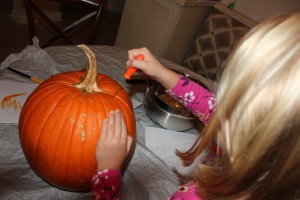
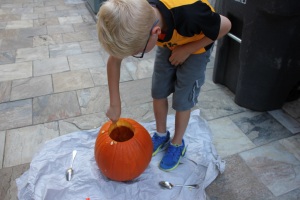
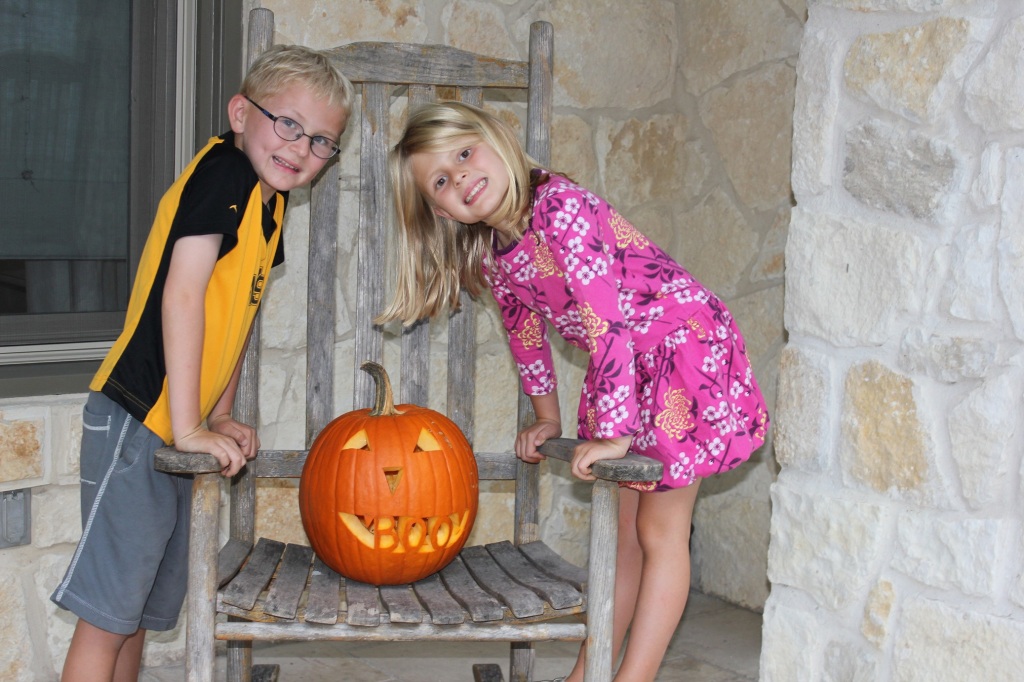














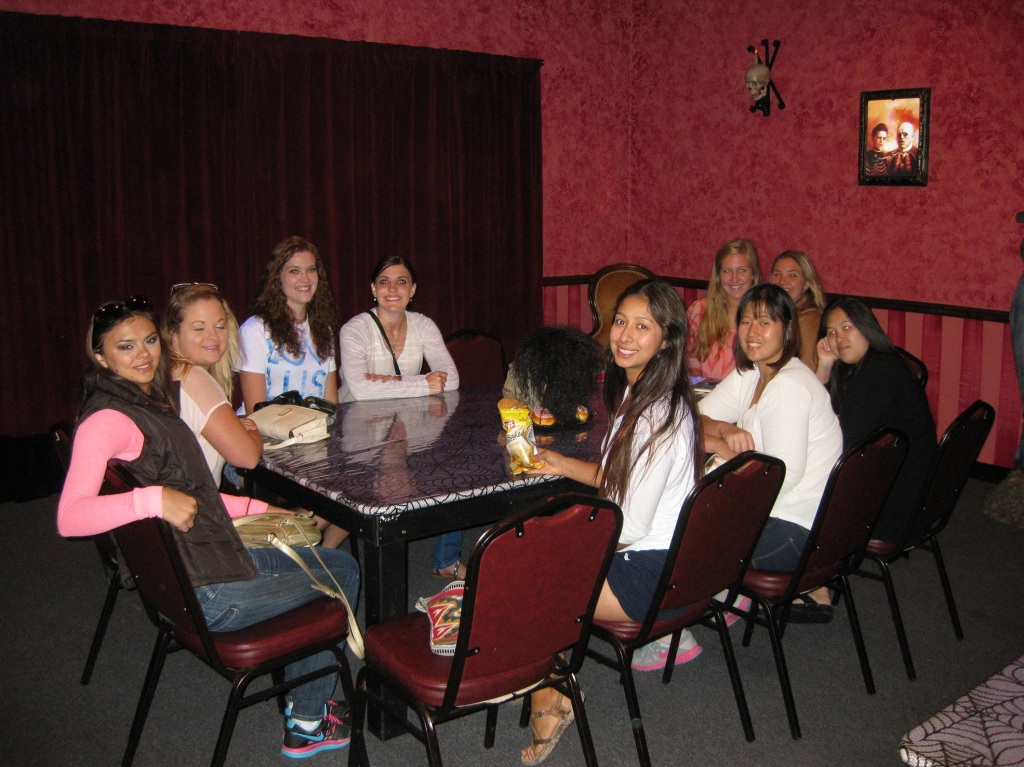

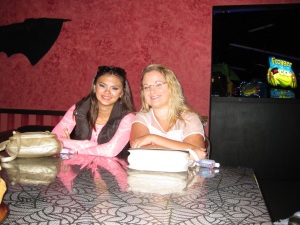
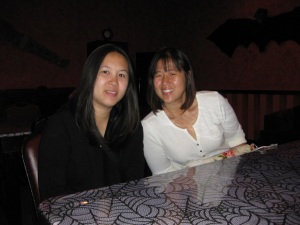


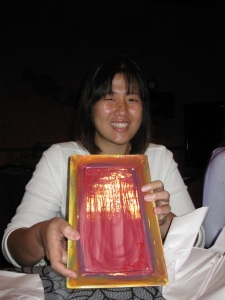
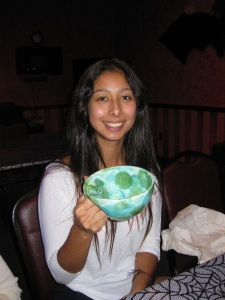
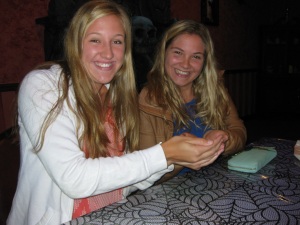
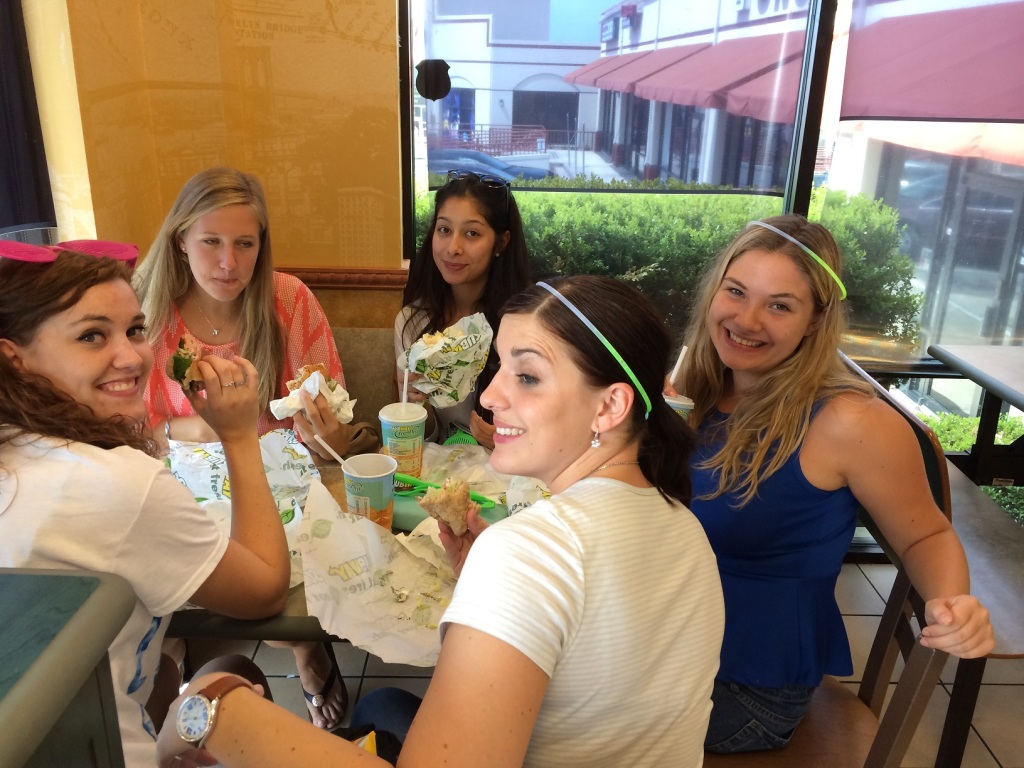 We stopped for some Subway after the game
We stopped for some Subway after the game